Movies
Latest about Movies
-
-

I've Read 7 Books About Filmmaking, And These Are The Ones That Helped Me Better Understand The Craft
By Rich Knight Published
-
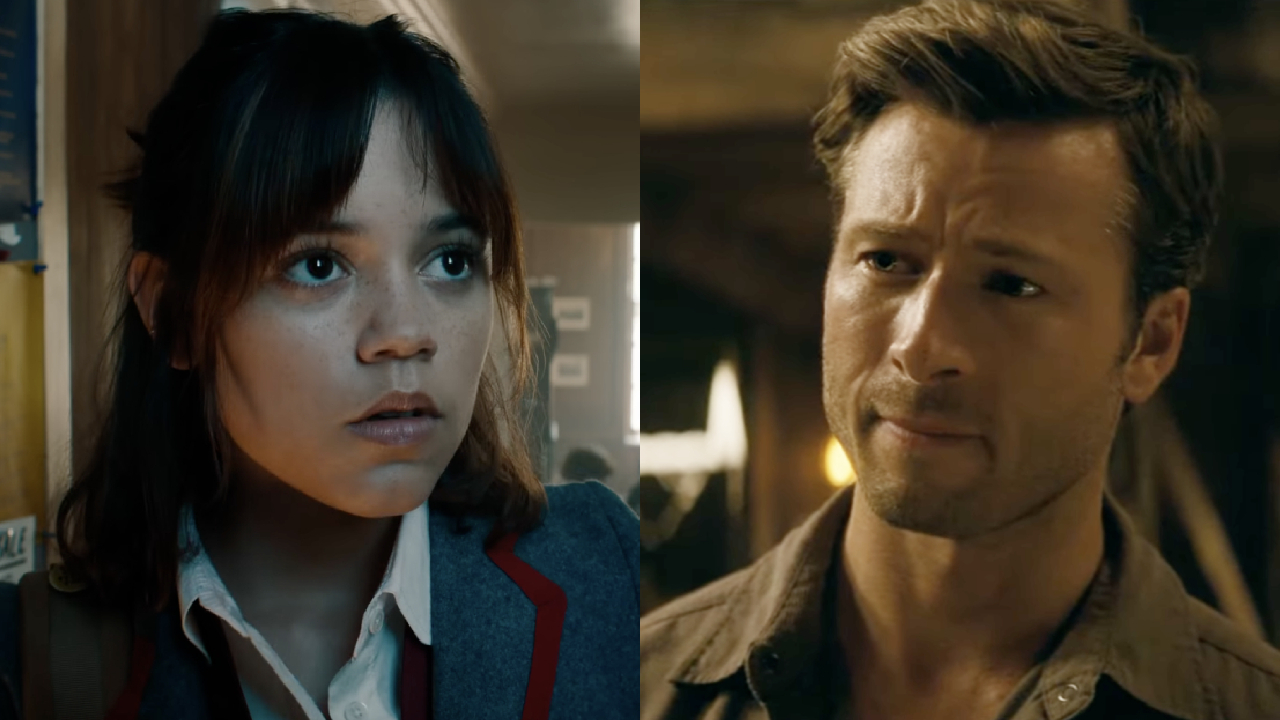
I Just Found Out That Jenna Ortega Is Going To Be In A Movie With Glen Powell, And Her 'Top Secret' Tease Has My Attention
By Carly Levy Published
-

Darren Aronofsky Doesn’t Mince Words While Describing His ‘Hate’ For Method Actors Years After Working With Jared Leto
By Carly Levy Published
-
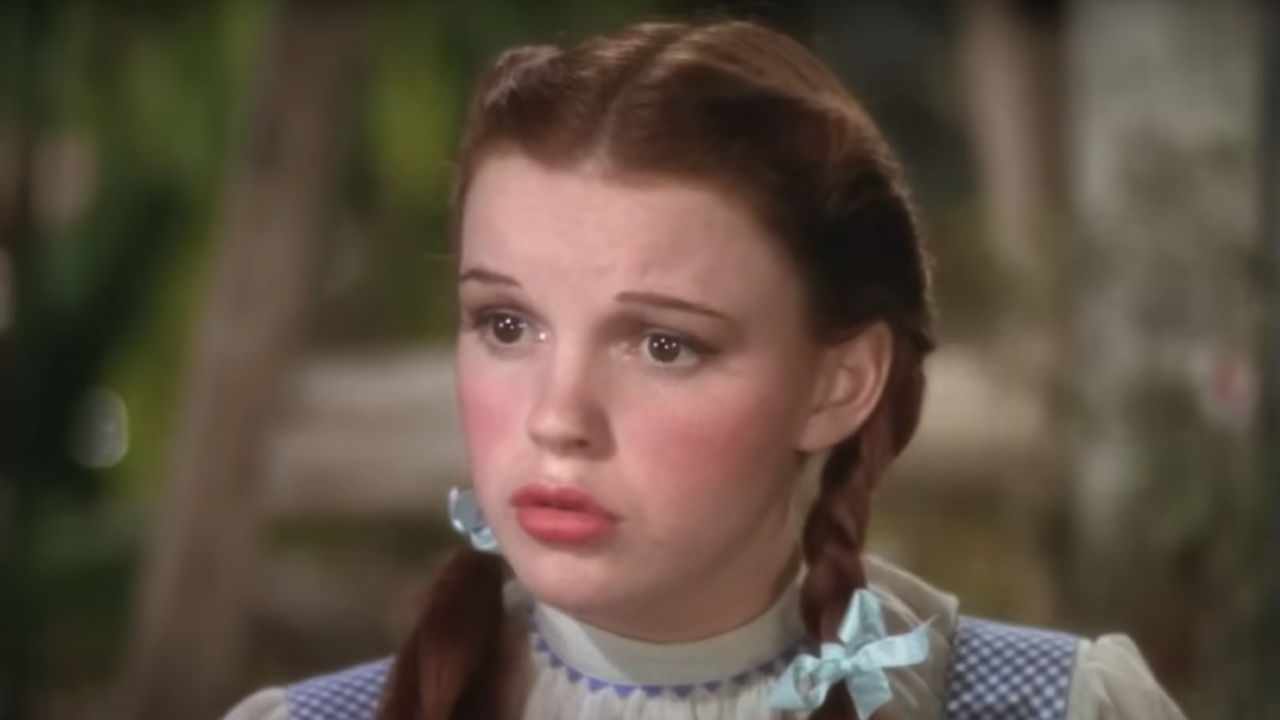
Judy Garland’s Daughter Shares What She’d Think Of The Wicked Movie, And Now I Need To Re-Watch The Wizard Of Oz
By Dirk Libbey Published
-

Jason Momoa Pens Sweet Tribute To A Minecraft Movie’s Cast And Crew As The Film Crushes At The Box Office
By Erik Swann Published
-

Mid-Century Modern Feels Like The Golden Girls Mixed With Will And Grace, And It's Sparking So Much Queer Joy
By Corey Chichizola Published
-
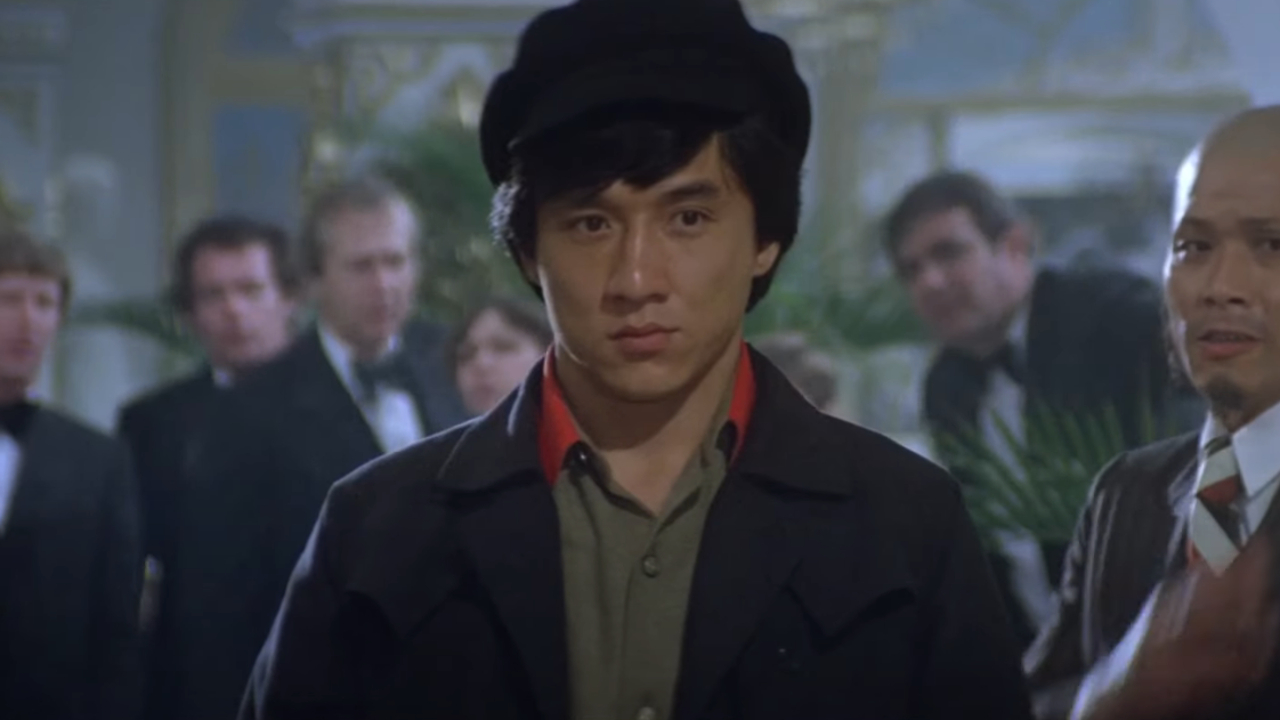
The Karate Kid 6’s Director Explains How It’s Being Made Like An ‘Early Jackie Chan Film,’ And I’m Loving This Approach
By Maggie Sheck Published
-
Explore Movies
Box Office
-
-

A Minecraft Movie Is Just What The 2025 Box Office Needed After A Slow Start To The Year
By Eric Eisenberg Published
-
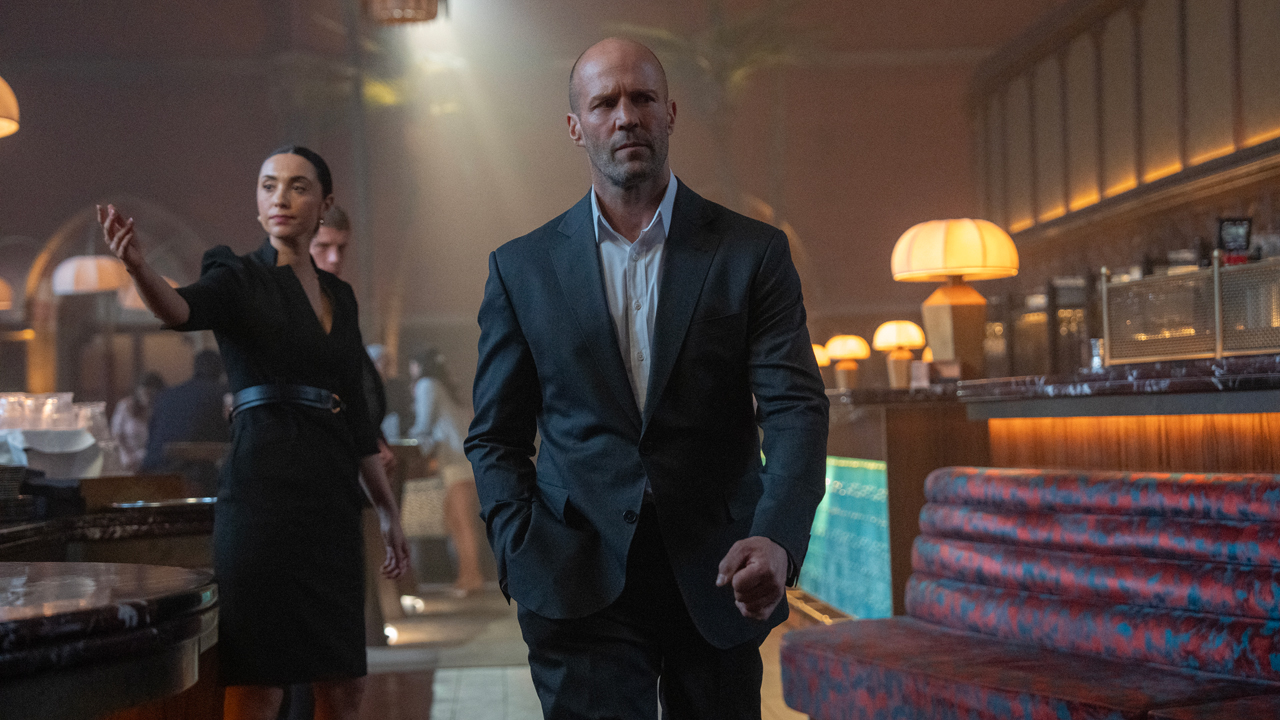
Jason Statham's A Working Man Takes Over The Weekend Box Office As Snow White Takes A Major Fall
By Eric Eisenberg Published
-
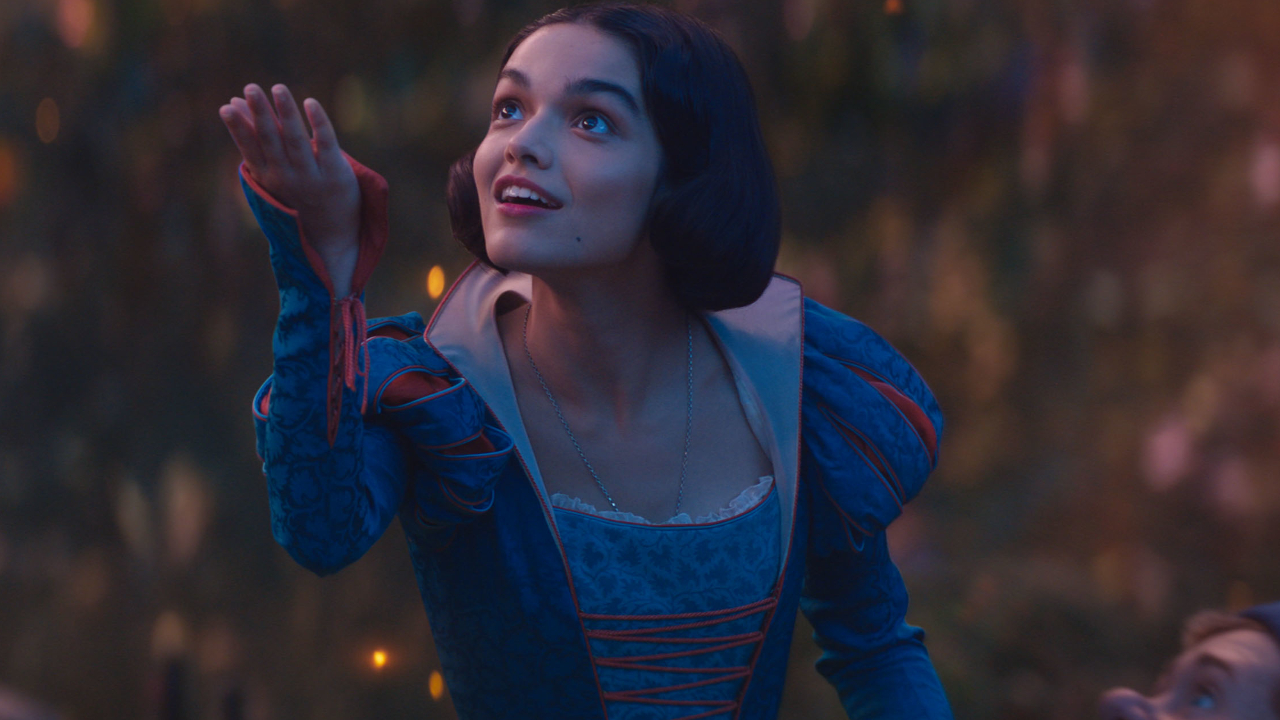
Disney's Snow White Rules The Box Office As Robert De Niro's New Gangster Movie Flops Hard
By Eric Eisenberg Published
-
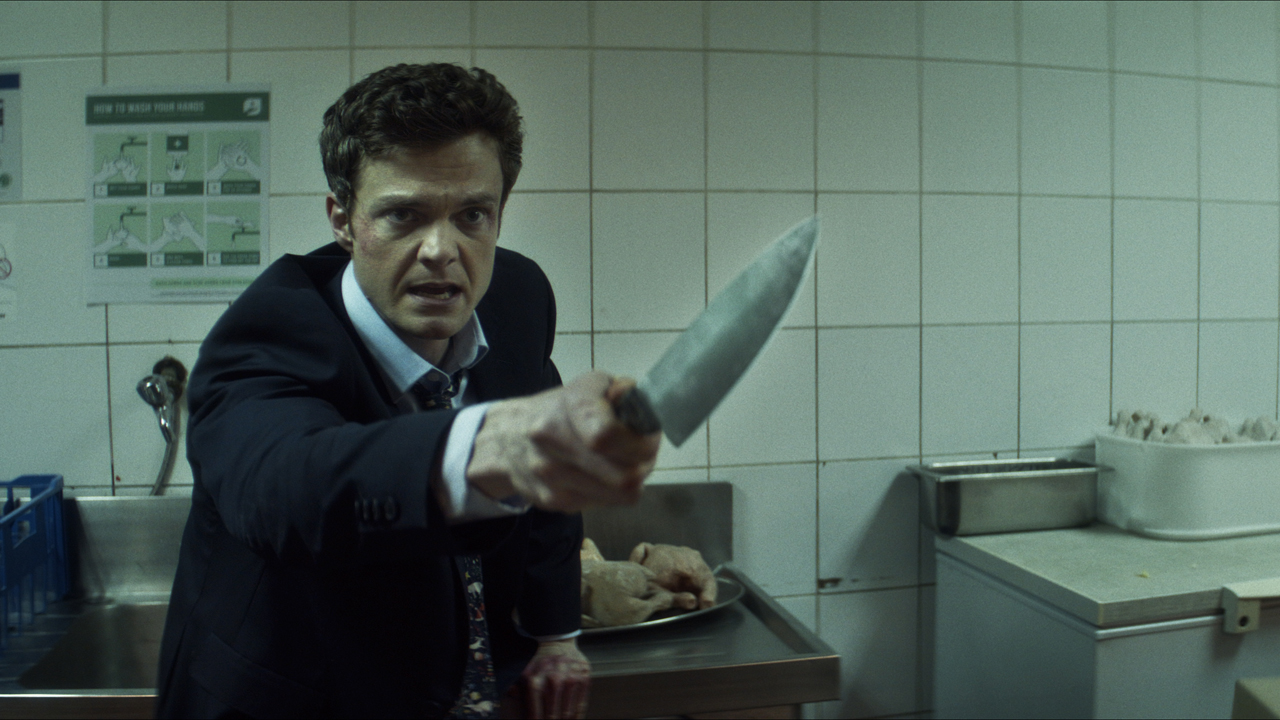
Jack Quaid's Novocaine Won The Weekend, But The Box Office Numbers For The Top 10 Are Ironically Painful
By Eric Eisenberg Published
-

Mickey 17 Wins The Weekend Box Office, But The Numbers Aren't Exactly Stellar
By Eric Eisenberg Published
-

Captain America: Brave New World Won The Box Office Again But Is Still Trying To Break Out Of The Bottom Of MCU's Record Books
By Eric Eisenberg Published
-
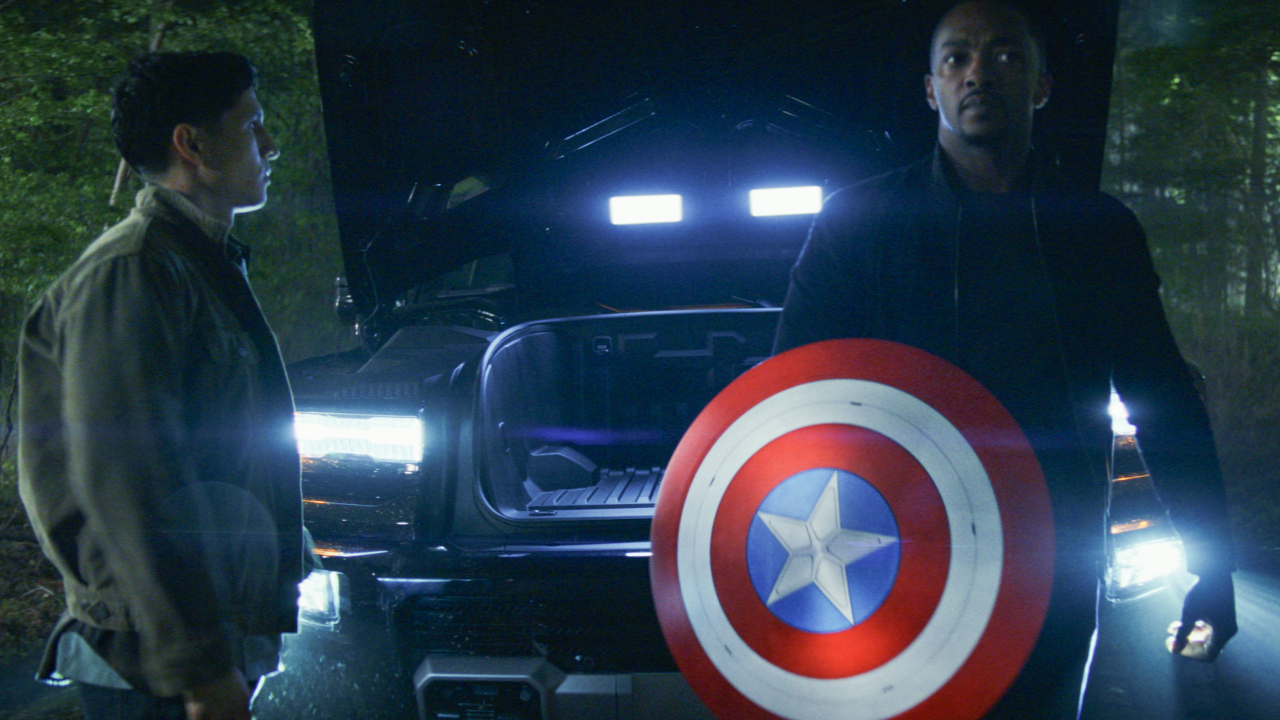
Captain America: Brave New World Takes A Massive Fall At The Weekend Box Office While The Monkey Has A Strong Debut
By Eric Eisenberg Published
-

Captain America: Brave New World Weathers Bad Buzz And Wins The Weekend Box Office With The Biggest Debut Of 2025
By Eric Eisenberg Published
-

Dog Man Wins The Weekend Box Office Again As Hollywood Loses The Audience Attention War With The Super Bowl
By Eric Eisenberg Published
-
Features
-
-

Mid-Century Modern Feels Like The Golden Girls Mixed With Will And Grace, And It's Sparking So Much Queer Joy
By Corey Chichizola Published
-

32 Of The Funniest Moments On David Letterman’s Talk Shows
By Jason Wiese Published
-
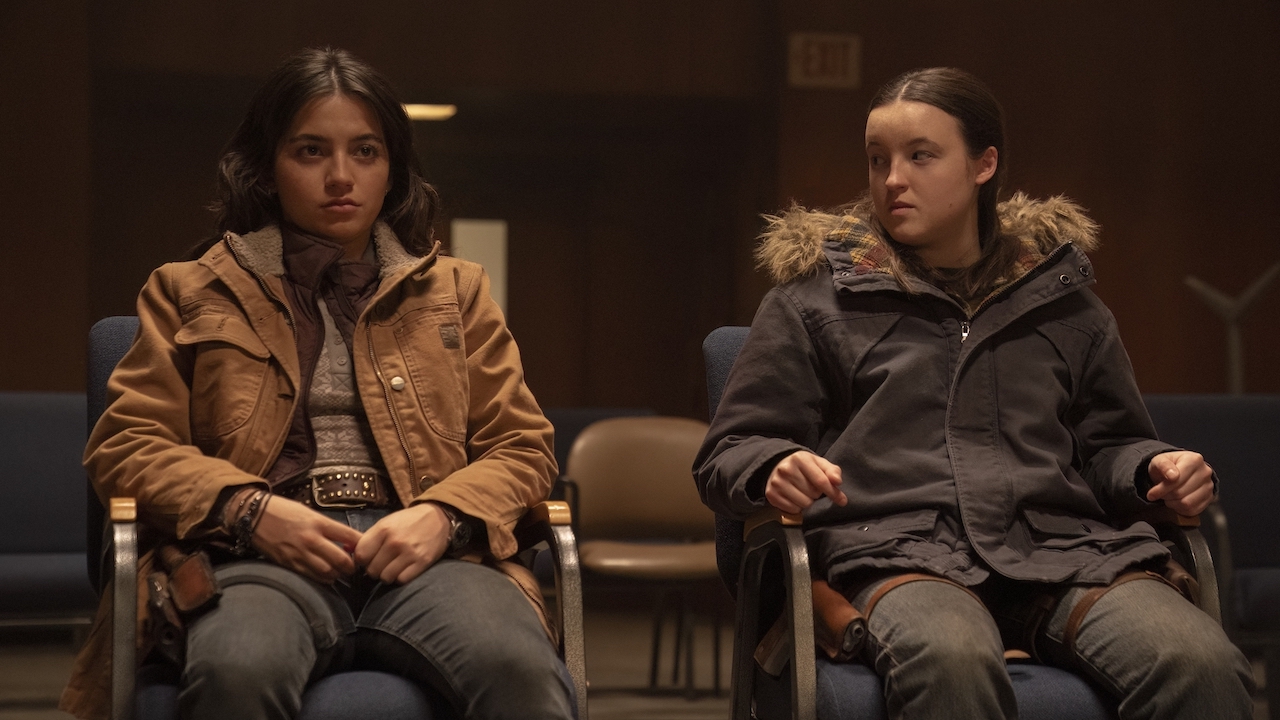
Upcoming Video Game Movies And TV Shows: The Adaptations Coming In 2025 And Beyond
By Philip Sledge Last updated
-
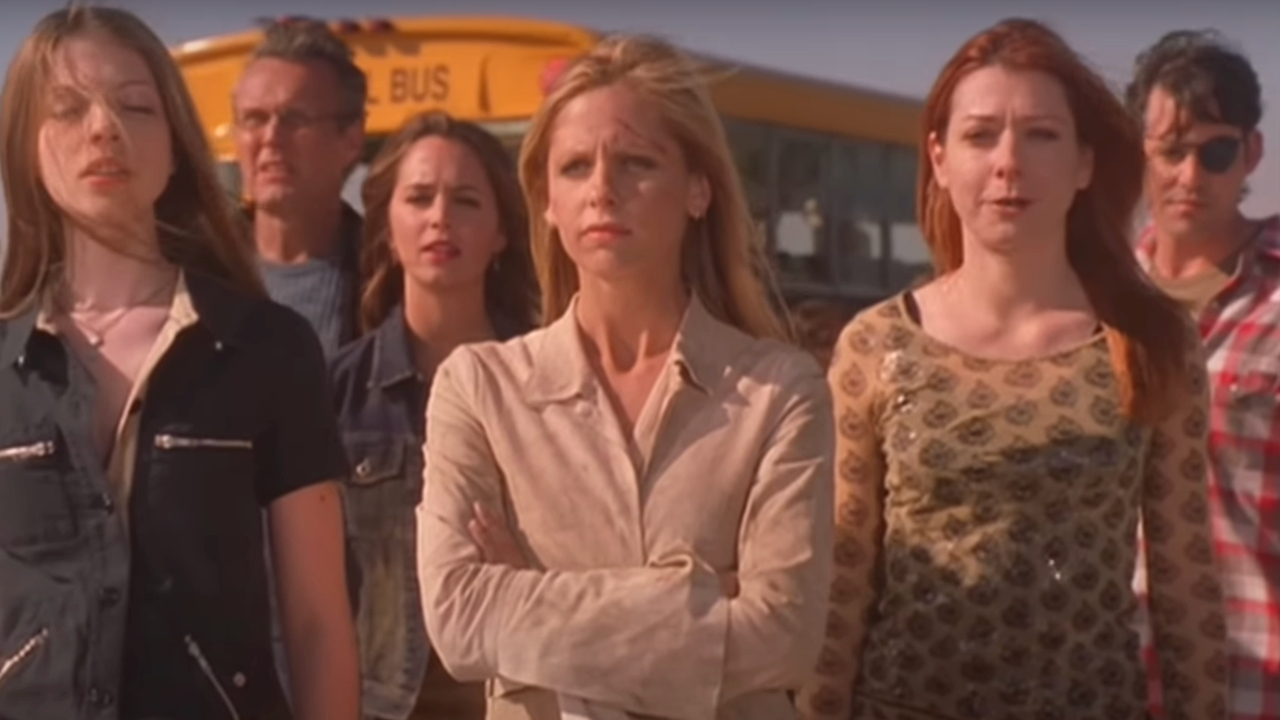
I'm Excited About The Buffy Reboot Pilot, But There's One Part Of The OG Series It Needs To Include
By Corey Chichizola Published
-

Of All Of The Big Brother Players Who Haven't Played The Traitors, There Are 4 I Especially Want To See
By Jerrica Tisdale Published
-
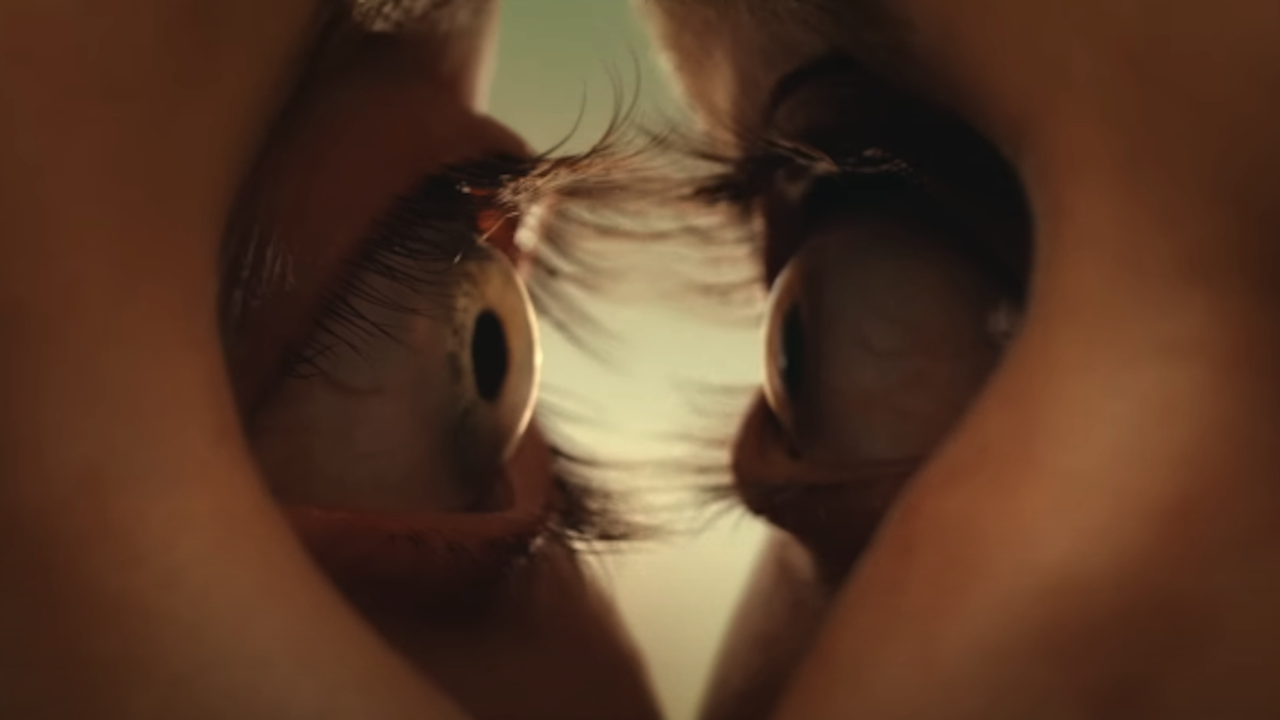
Upcoming Horror Movies: All The New Scary Movies Coming Out In 2025 And Beyond
By Sarah El-Mahmoud Last updated
-

Amazon-MGM's James Bond Plans Are Allegedly Ramping Up, And I Think People Are About To Be Shaken And Stirred With Rumors About The Release Date And More
By Mike Reyes Published
-
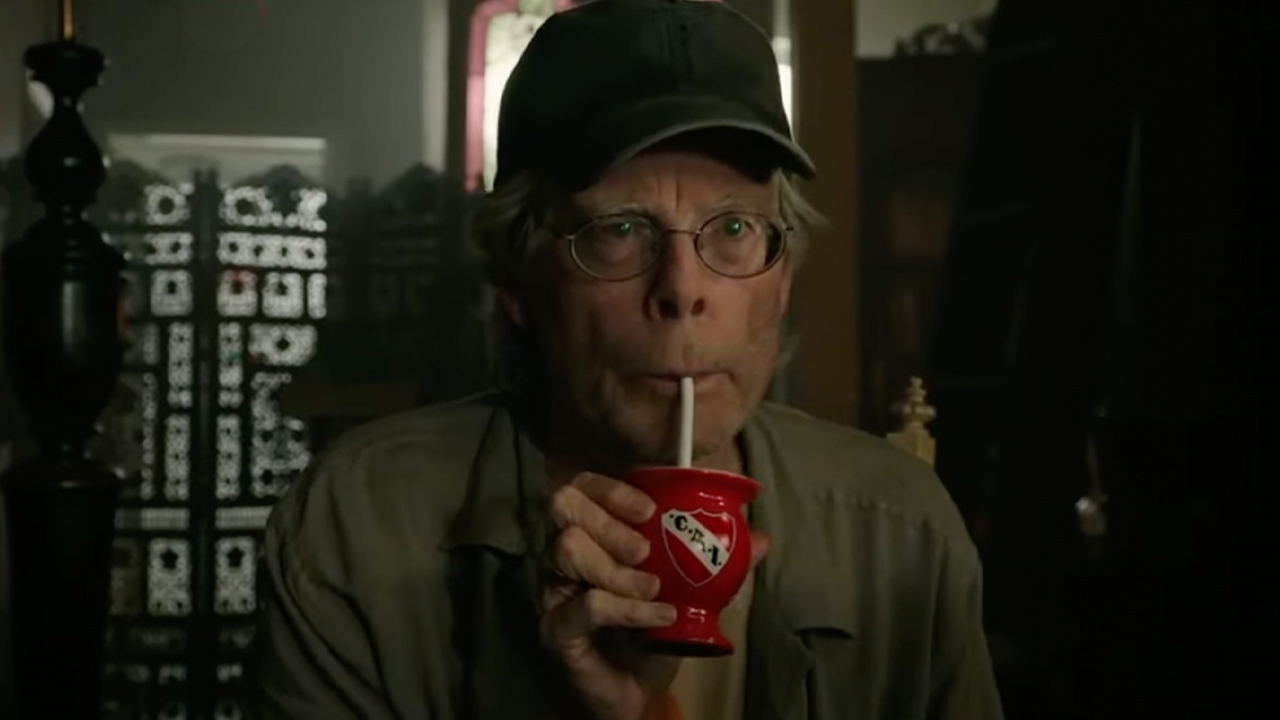
Upcoming Stephen King Movies, TV Miniseries And More
By Eric Eisenberg Last updated
-

Upcoming Ben Affleck Movies: The Accountant 2, Rip And More Future Projects From The Actor And Director
By Philip Sledge Last updated
-
More about Movies
-
-

The Karate Kid 6’s Director Explains How It’s Being Made Like An ‘Early Jackie Chan Film,’ And I’m Loving This Approach
By Maggie Sheck Published
-

Paramount Had Zero Updates For The Upcoming Star Trek Movie, And Fans All Had The Same Reaction
By Mick Joest Published
-

Simon Pegg Reacted To The Mission: Impossible Trailer Reaction Trend And LOL
By Sarah El-Mahmoud Published
-